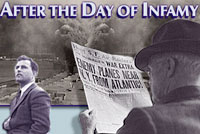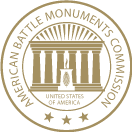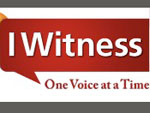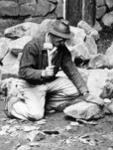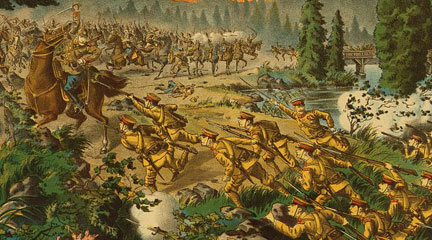Christopher Hamner: You can’t really understand the World War II Monument, where it is and why it looks the way it looks, without understanding the Vietnam Memorial and the story of getting it built. The design competition for the Vietnam Veterans Memorial was open to everybody. It eventually got more than 1,400 submissions. They were handled anonymously so that the judging panels saw only the design and a numbered code and they went on 1,400 down to 300 down to 30 down to the winner who was very surprising when it was revealed. It was a 21-year-old architecture student at Yale named Maya Lin.
Michael O’Malley: Problematic is so many ways.
Christopher Hamner:: Youth, ethnicity, gender. And it was the design that’s very close to what we now see on the Mall. One of the reasons that I suspect the World War II Monument looks the way that it looks, which is much more traditional, heroic, sort of celebratory. It seems to privilege sort of consensus and unity above everything else. [It] has to do with the desire to avoid that kind of controversy. One of the things that we pointed out was the fact that the ring of stones that sort of marks the outer boundary that are adorned with wreaths are dedicated to the states.
Michael O’Malley: Which makes no sense. The state-iness was not part of the World War II experience.
Christopher Hamner: Of all the ways you could possibly cut up World War II—
Michael O’Malley: It’s not like all the guys from Delaware were in one unit. They got drafted, they went down to some camp in the South and then they went back. I mean their was no state-iness attached to it.
Christopher Hamner: It’s a national effort to the extent that people identify with some smaller segment, it’s usually by branch or then by division. There are other ways that you could group it, but the one that makes the least sense is the states. It’s incredibly traditional, it’s white, there are wreaths, there’s a gold star at one end for every 500 combat deaths.
Michael O’Malley: So they want to have some element of what the Vietnam War Memorial does so well, which is individualizing. Really made graphic the extent of the loss. They want to have some element of that—
Christopher Hamner: But they don’t particularize it quite as effectively and that some of the teachers that we toured with said that that element of it had sort of fallen flat, that it did not—
Michael O’Malley: You actually came away thinking less people died in World War II than in Vietnam.
Christopher Hamner: I found as I walked around I spent probably half my time trying to figure out what the organizational strategy was. They were not in alphabetical order, they were not in the order the states joined the Union, they’re not grouped together. I mean I couldn’t tell. It didn’t look to me like it was sort of by population or the sort of number of soldiers from that state who perished over the course of the war and I started to suspect that it was just random.
Michael O’Malley: I mean the Vietnam Memorial takes a few elements and loads them with meaning. This thing takes a lot of elements and bleeds the meaning out of them.
Christopher Hamner: We also talked about the Korean War Memorial, which is a sort of interesting combination, right? That it’s particularized and personalized and that it’s slightly larger-than-life-size figures of soldiers that are in ponchos. They’re spread out and kind of making their way across a field but they’re not heroic in the way that soldiers a century ago would have been portrayed. You can feel the weight of the gear that they carry.
Michael O’Malley: And that wants to put you in the midst of it, I mean you walk through them. You’re right in the middle of that, so, where as in the World War II Memorial you’re in the middle of kind of nothing, you’re in the middle of some kind of empty abstraction.
Christopher Hamner: It has become more participatory at least during the daytime than it had been before because there are so many World War II veterans who are designated, who are kind of milling around the areas and who will engage with visitors and pose for photographs and talk about their experience so there is a sort of participatory dimension to it. But as Mike pointed out, these guys won’t be around forever, that cannot last.
Michael O’Malley: That’s an element of this thing that we got to in the discussion. There were some great questions, like who was this thing for? And there was really a sense that this was for veterans. Like this is here to make veterans feel good. It’s not about the nation remembering something. It’s a gift to veterans. I have nothing against giving gifts to veterans, but is that the purpose of a memorial? That’s a worthwhile question. And when the veterans are gone, what do you have? You have a gift for a person who is no longer around. It’s an odd construction of memorialization.
